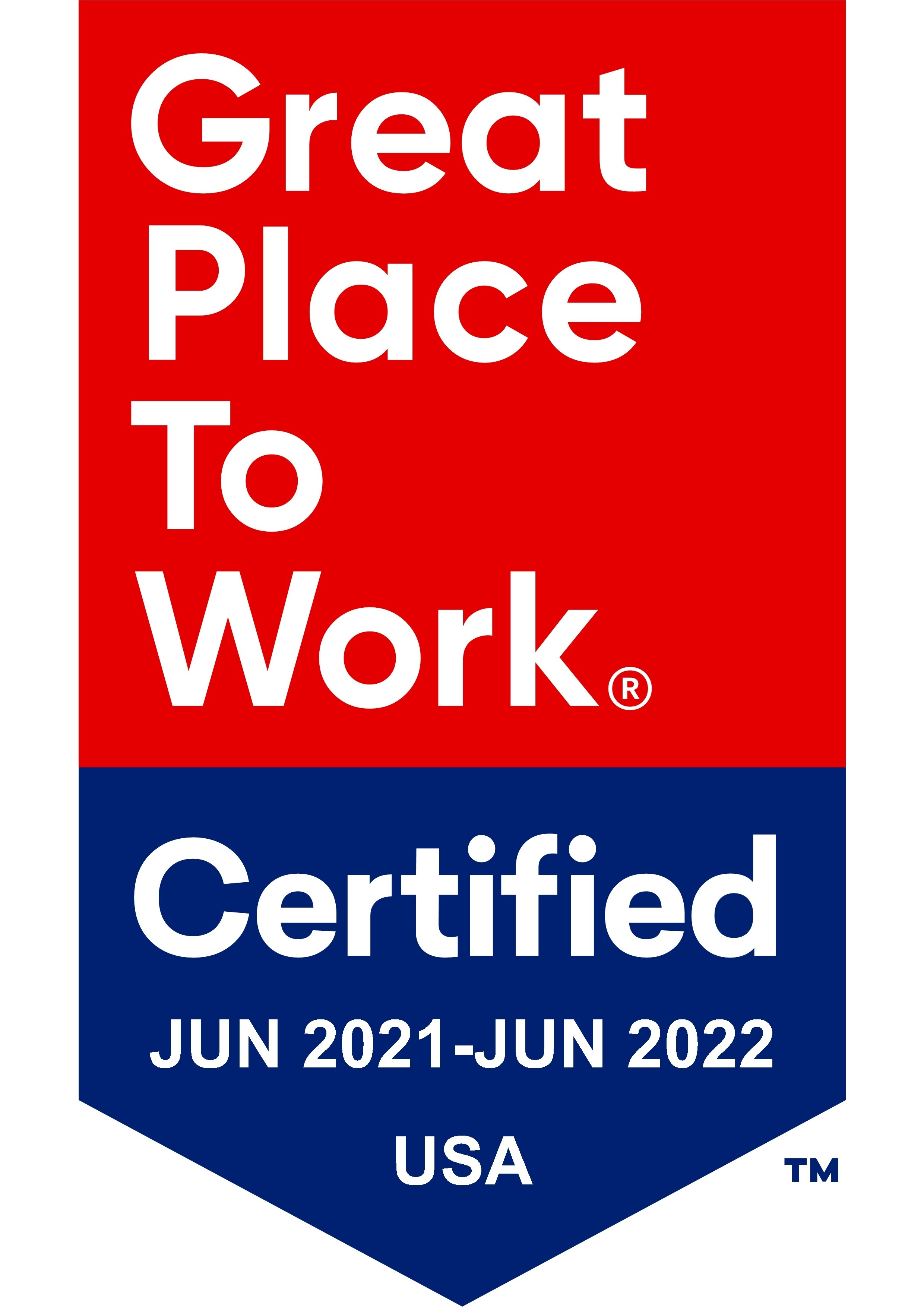Whether it’s patient journey mapping, tracking new therapeutics, optimizing medical devices, or building thriving healthcare communities, conversational research is helping organizations connect with their real people in a more meaningful way.
Traditional healthcare market research methods struggle to capture the complexity of real-world decision-making. Static surveys and a reliance on recall leave gaps in understanding patient journeys, treatment adoption, and healthcare experiences.
But conversational research is changing the game.
As part of the Reach3 masterclass webinar series, our very own Amr Salouha, Christine Nguyen, and Matt Kleinschmit shared how mobile-first, chat-based methodologies are reshaping critical areas in healthcare and pharma market research. Watch the recording of the masterclass webinar here or read below for our recap.
Mapping patient journeys in real time
Understanding a patient’s experience isn’t just about collecting data—it’s about tuning into their emotions and decisions as they unfold. Traditional patient journey studies often rely on retrospective surveys, meaning key moments get blurred or forgotten.
“Instead of dry, static surveys, these mobile chats capture in-the-moment feedback during key stages of the journey,” explained Amr.
One case study involved a schizophrenia treatment provider who needed to understand the full patient experience, from symptom onset to treatment. Conversational research was able to capture patient feelings at every stage by triggering a mobile exercise at specific steps in the journey. By leveraging qualitative inputs, we were able to see firsthand the tensions, frustrations and wins along the way. Patients could upload photos and video feedback, bringing their experiences to life in ways traditional surveys never could. The insights helped optimize patient education materials and improve adherence to treatment plans.
2. Developing and refining new therapeutics in real time
Bringing a new treatment to market is a long, complex process. With so many stakeholders—sales reps, physicians, and patients—it’s critical to capture real-time feedback at every stage. One pharmaceutical company used Reach3’s AI-driven, in-the-moment research to refine messaging, optimize brand positioning, and improve physician engagement.
“By engaging different stakeholders through a mix of QR codes, mobile surveys, and text-based interactions, we could capture valuable insights throughout the product lifecycle,” explained Christine.
Physicians, for example, scanned a QR code after sales rep meetings, providing immediate feedback on messaging effectiveness. Patients, meanwhile, shared real-time experiences with the treatment, leading to improvements in communication strategies and brand positioning.
3. Enhancing medical device usability with live feedback
Medical devices must integrate seamlessly into patients’ lives—but how do you ensure usability meets real-world needs? A glucose monitoring system manufacturer leveraged Reach3’s conversational research approach to collect real-time user feedback.
“We triggered mobile diary exercises based on device interactions, capturing daily experiences through video, voice, and text,” Amr shared. “This allowed us to pinpoint usability pain points and refine the device for better compliance and adoption.”
By collecting quant, qual and video feedback in real time, the company identified key friction points, such as ease of use, reliability, and integration into daily routines. These insights helped refine the product design, leading to better patient adherence and overall satisfaction.
4. Building engaged healthcare communities for ongoing insights
Forget clunky research panels—conversational research is reshaping online healthcare insight communities, too. Instead of outdated, hard-to-maintain panels, mobile-first approaches make it easy to stay in touch with patients, caregivers, and physicians.
One standout example? A health insurer created a private, SMS-driven community of brokers and policyholders to test messaging, track sentiment, and refine product offerings.
“Our client needed real-time, ongoing insights, so we built a private community that allows them to track trends, motivations, and experiences continuously,” Christine shared. With monthly pulse surveys and diary exercises, the client now has a direct line to the people who matter most.
The magic doesn’t stop with patients. Physicians, caregivers, and other stakeholders can opt in through QR codes at clinics or pharmacies, providing real-time feedback that fuels better healthcare decisions. No more guesswork—just real, patient-centric insights.
The future of healthcare and pharma insights is here
If there’s one thing this masterclass made clear, it’s that conversational research isn’t just a trend—it’s the future. Whether it’s patient journey mapping, tracking new therapeutics, optimizing medical devices, or building thriving healthcare communities, this approach is helping organizations connect with their real people in a more meaningful way.
Christine summed it up best: “This approach isn’t just about collecting data—it’s about fostering meaningful, ongoing conversations with patients and stakeholders that lead to better healthcare outcomes.”
Want to learn more? Check out a recording of our masterclass webinar or reach out to our team to connect with a healthcare or pharma market research expert.

Kelvin Claveria
Marketing, Reach3 Insights







.webp?width=65&height=83&name=A-LIGN_HIPAA%20(1).webp)

